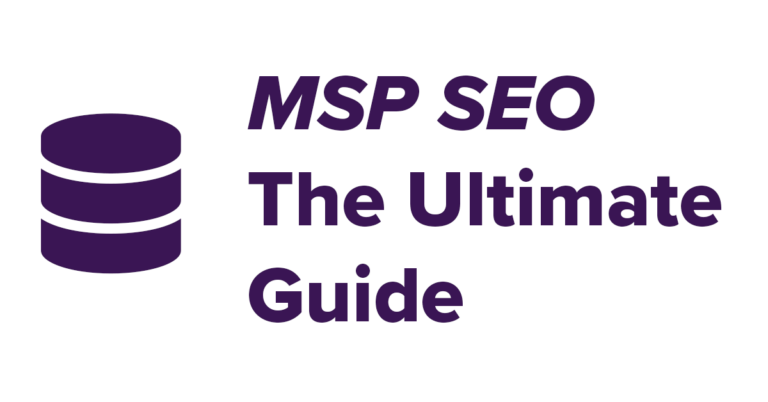GDPR Principles: Purpose Limitation
Last Updated: September 23, 2020

This post represents part 2 of a series of posts covering principles of the General Data Protection Regulation (GDPR). The regulation sets out 7 keys principles that set the foundation for the directives to be enforced by the legislation. Today we will be covering purpose limitation. Below are links to the full series of posts:
- Part 1 GDPR Principles: Lawfulness, Fairness and Transparency
- Part 2 GDPR Principles: Purpose Limitation
- Part 3 GDPR Principles: Data Minimization
- Part 4 GDPR Principles: Accuracy
- Part 5 GDPR Principles: Storage Limitation (Coming Soon)
- Part 6 GDPR Principles: Integrity and Confidentiality (security) (Coming Soon)
- Part 7 GDPR Principles: Accountability Principle (Coming Soon)
Purpose Limitation
The purpose limitation principle aides controllers and processors in describing why personal data is being collected. Here is a quote from the law regarding purpose limitation:
1. Personal data shall be:
(b) collected for specified, explicit and legitimate purposes and not further processed in a manner that is incompatible with those purposes; further processing for archiving purposes in the public interest, scientific or historical research purposes or statistical purposes shall, in accordance with Article 89(1), not be considered to be incompatible with the initial purposes.1
The concept of purpose limitation is not new; it has been around since 1998 when the previous data protection law went into effect. Controllers and processors used to define purpose limitation by registering their purposes with the ICO. Under GDPR, controllers and processors will be responsible for documenting their purposes rather than registering for approval with a government body. The GDPR provides specific exemptions from this principle for scientific, historical, and statistical purposes. GDPR ensures that new purposes for processing personal data are compatible with their initial purpose. This verbiage in the law protects users from “function creep.” If the new purpose is not compatible with the original purpose, controllers and processors must ensure the new purposes is compatible with the first principle of GDPR; lawfulness, fairness, and transparency.
Compliance Documentation
As stated above, controllers and processors are now responsible for documenting their purposes as part of their GDPR compliance requirements. Documentation can be thought of as internal to the organization and external to the organization. External documentation means that purposes for collecting and processing personal data must be transparent to the end user. What this will mean for most organizations is that the privacy policy should include purposes for collecting and processing of end user data. Internal documentation requirements are more flexible in the way that they are created and maintained. Be able to demonstrate you have:
- Identified personal data collected, how it will be processed, and the purpose for doing so.
- Have conducted purpose audits at reasonable intervals and updated documentation where necessary.
- Documented reliance on new purposes that were compatible with the original purpose.
- Documented reliance on the exemptions for scientific, historical, and statistical data.
Function Creep
Function creep is the concept of a system adding new features (functions) over time, which results in data being leveraged for purposes other than the purposes the user granted consent for originally. Controllers and processors must use care when developing systems not to breach privacy law as new features are released. A process checkpoint should be included in the release to review new features with a privacy lens. Previously collected personal data that is used for a new purpose that is not compatible with the original purpose must include an update to the privacy policy and internal compliance documentation.
Determining Compatible Purposes
Determining compatible purpose can be a tricky subject, but documenting the use of a purpose as a compatible purpose and the reasoning behind it will surely be looked upon more favorably than undocumented use. Purposes that are pre-approved compatible purposes under GDPR include:
- Archiving activities in the public interest
- Scientific and historical purposes
- Statistical purposes
Other purposes can be considered compatible, but you must analyze the use of the data before proceeding. Consider the links to the original purpose, for instance selling patient records collected as part of healthcare to a marketing company selling vacation packages would not be linked to the original purpose. You must also consider whether the compatible purpose would be reasonably expected by the patient, which in this case they would not expect vacation package advertising as part of their healthcare sign up. The nature of the personal data also plays a role. Additional purposes for using a person’s social security number are going to be scrutinized more heavily than just the use of their first and last name. Consequences to the individual must also be considered. Receiving marketing for vacation packages is going to be less impactful than additional processing that results in exposure to a data breach or rejection of a loan.
Conclusion
The GDPR’s purpose limitation principle constrains the use of personal data to the original purposes or those purposes compatible with the original purpose. There are a handful of pre-approved compatible purposes such as archiving purposes in the public interest, scientific and historical purposes, and statistical purposes. Under the GDPR, the burden falls on controllers and processors to document their purposes and reasoning behind them. These must be documented externally to be transparent to the end user, and internally with regular audits. Care must be taken when deciding a purpose is compatible with the original. An analysis must be conducted to determine compatibility and it’s a good idea to document the reasoning behind claiming a purpose is compatible with the original. Make sure to consider linkages to the original purpose, and consequences to the end user.


































Leave a Comment